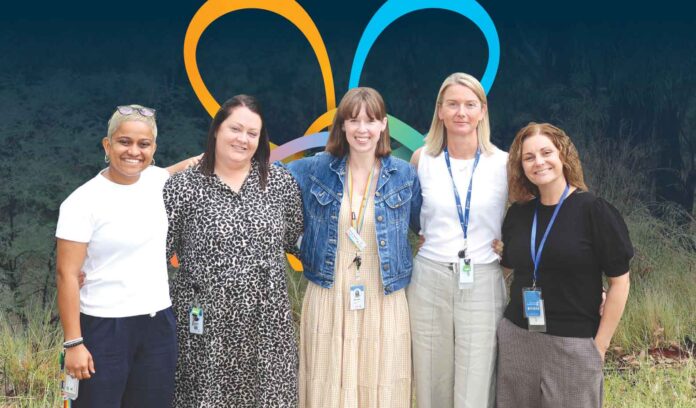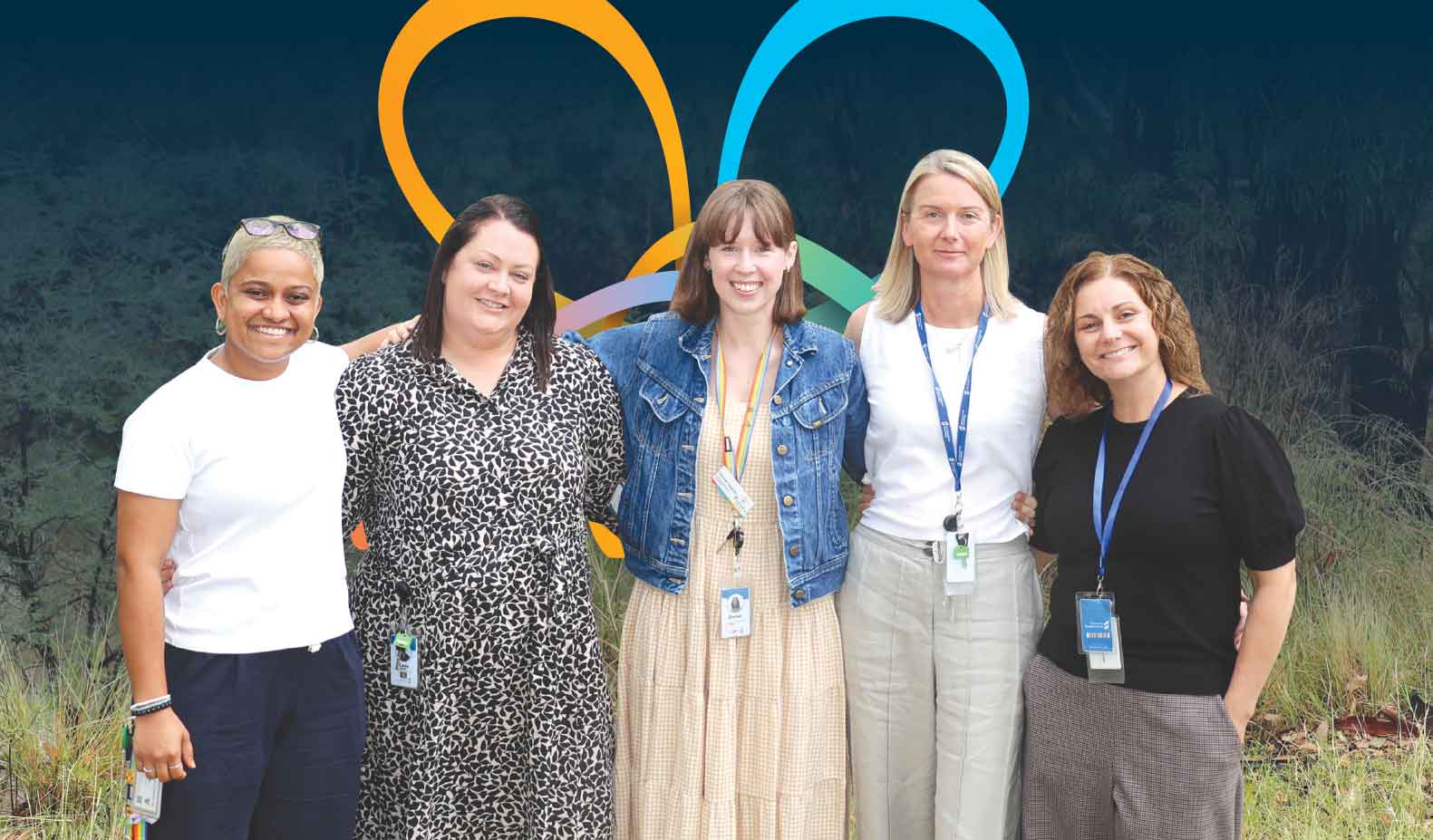
By Aaron Cordy
THE sight of the Goulburn River rising last month prompted a swift response from Council that some in the community were quicker to say was blown out of proportion, but in that response lies the true depth of how badly affected many in the greater community still are. Not everyone knows where to go for help and may feel abandoned as they struggle to pick up the pieces. Greater Shepparton City Council’s flood recovery program, Resilience in Recovery (RIR), is here to support.
RIR is funded by the State and Australian Governments and works in conjunction with Council, built on a national best practice disaster recovery framework and headed by Carla Dixon.

“Everything we do is intended to empower people and create stronger and more connected communities. We are grounded in principles of empowerment; human rights, inclusion, social justice, self-determination and collective actions,” said Carla.
“We believe communication plays a vital role in ensuring communities are empowered. Participatory approaches in communication that encourage discussion and debate result in increased knowledge and awareness, and a higher level of critical thinking.”
Since the program was established last April, RIR has run many activities aimed at bringing people out of uncertainty and despair and back connected to their community. RIR has also turned its focus on drop-in sessions being held at Neighbourhood Houses and Community Centres around the region until the end of June. Where people can seek guidance and advice or just share their experience of the October 2022 flood event.
You can find out more about the Resilience in Recovery programs and the drop-in sessions on their Facebook page, and on Council’s website. For more information on the RIR program you can find their FAQs at https://greatershepparton.com.au/community/emergencies/flood/flood-recover/rir-faqs.






